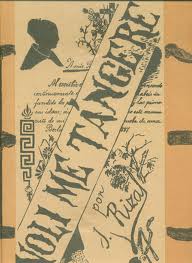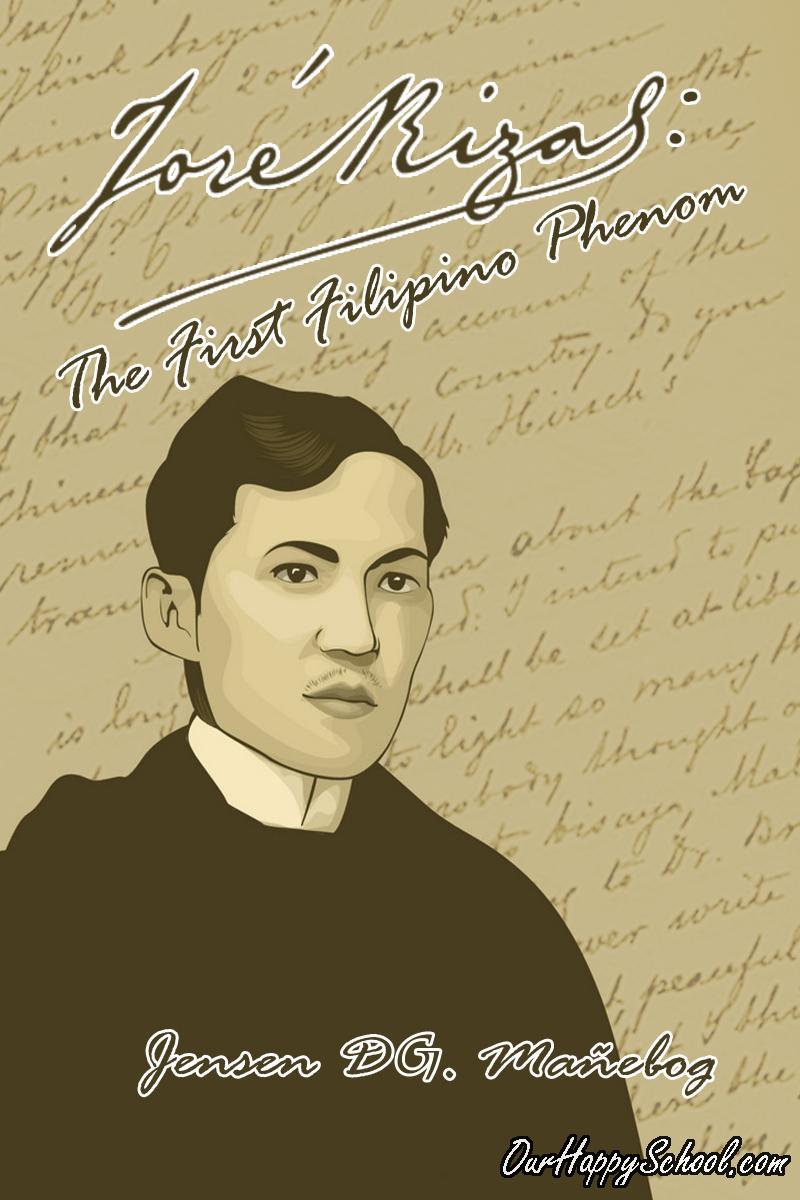Sponsored Links
The Noli Me Tangere
© 2013 by Jensen DG. Mañebog
 COMPRISING 63 CHAPTERS and an epilogue, Jose Rizal’s first novel ‘Noli Me Tangere’ exposes the abuses and inequities of many Spanish Catholic friars and government officials during his time.
COMPRISING 63 CHAPTERS and an epilogue, Jose Rizal’s first novel ‘Noli Me Tangere’ exposes the abuses and inequities of many Spanish Catholic friars and government officials during his time.
Rizal was a student of medicine in the Universidad Central de Madrid when he started writing it and was 26 years old at its publication.
The author fittingly dedicated the novel to the country of his people whose miseries and sorrows he brought to light in an attempt to awaken them to the truths concerning the ills of their society. Paradoxically though, the novel was originally written in Spanish, the language of the colonizers and the educated at that time.
Published in early 1887 in Europe, the novel is now commonly called by its shortened name ‘Noli’; its English translation is usually titled ‘Touch Me not’ and ‘The Social Cancer’. The Latin title which means ‘Touch me not’ was taken from Christ’s words. In a letter to Felix Hidalgo, Rizal however made a mistake in attributing the quotation to the Gospel of Luke, for it was in fact recorded in John 20:17: “Touch me not; for I am not yet ascended to my Father.”
The writing of the novel
Influenced by Harriet Beecher Stowe's Uncle Tom's Cabin, Jose Rizal planned to publish a book that would reveal the ills of Spanish-colonized Philippine society. Hence, in a meeting of Filipinos in Madrid at the Paterno residence in January 1884, Rizal suggested the creation of the book. The proposal that all of them would contribute papers on the various facets of life in the Philippines was unanimously approved by those present at the reunion, among whom were the Paternos (Pedro, Maximino, and Antonio), Graciano Lopez Jaena, Valentin Ventura, Eduardo de Lete, Evaristo Aguirre, and Julio Llorente.
The plan nonetheless did not materialize. “My proposal on the book,” Rizal explained in his letter dated January 2, 1884, “was unanimously approved. But afterwards difficulties and objections were raised which seemed to me rather odd, and a number of gentlemen stood up and refused to discuss the matter any further.” He noticed that his ‘compatriots’ were more interested in writing about women instead and in spending time gambling or flirting with Spanish women. (Interestingly, those Filipinos must have included Rizal’s close friends like Jaena and Ventura).
Sensing that it was improbable to count on the support of his companions, Rizal started writing alone the novel in Madrid toward the end of the same year and finished about half of it in the city. Leaving for France in 1885, he had written the third quarter of the novel in Paris. In Wilhelmsfeld, he penned the last few chapters of Noli from April to June, 1886. The novel was completed in Berlin, Germany at the end of 1886 and the final draft was ready for publication at the onset of the year 1887.
The printing of Noli
The transition between 1886 and 1887 was perhaps one of the most stressful parts in Rizal’s life. While painstakingly preparing the final draft of the Noli, he actually had in his heart the fear that it might not be published at all. For how could he have it printed, if for his personal needs alone, he had insufficient money? Rizal would not ask his co-Filipinos in Europe for financial help, especially that none of them supported him in writing the Noli.
Thankfully however, a friend from a rich family of San Miguel, Bulacan arrived in Berlin. The ‘paldo’ (loaded with money) Dr. Maximo Viola came to Germany to invite Rizal to accompany him on a Europe tour. But upon learning Rizal’s quandary, the kind Viola decided to delay the tour and insisted on lending Rizal some money so that the Noli could be published.
But even then, Rizal made some adjustments in the novel to economize in its printing. He deleted the chapter entitled “Elias and Salome” which was supposedly the Chapter 25, following the chapter, “In the Woods.”
The P300 Viola lent to Rizal was thus used to print the first 2,000 copies of the Noli. Some references state that Noli Me Tangere officially came off the press on March 29, 1887 although records also show that by March 21, Rizal was already sending Blumentritt a copy of the novel.
For his generous act, Maximo Viola had fittingly gone down in Philippine history as ‘the savior of the Noli’. As a token of gratitude, Rizal gave him the galley proofs of the novel rolled around the pen used in writing the Noli. The author also gave the ‘Noli savior’ the first copy to come off the press on which Rizal inscribed a dedication which describes Viola as the “first to read and appreciate [Rizal’s] work.”
Noli artifact
The furniture set of Dr. Karl Ullmer used by Rizal during his stay in the pastor’s house in Wilhelmsfeld in 1886 is now displayed in the Peacock Garden Resort in Baclayon, Bohol. As the last few chapters of the Noli were written in Ullmer’s pastoral house, some parts of the novel were probably written on the living room furniture.
Ullmer’s family donated the furniture to Hans Schoof—the German owner of the resort—for his advocacy of propagating the ideals of the Filipino hero. A member of the ‘Knights of Rizal’, Schoof’s better half is a Filipina ... Continue reading
Copyright 2013 to present by Jensen DG. Mañebog
Related: Maria Clara in Noli Me Tangere
INTERACTIVE ONLINE ACTIVITY





